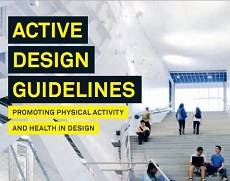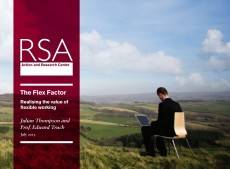August 14, 2013
Rise in number of temporary jobs as employment rates show modest increase
The latest employment figures from the Office for National Statistics (ONS) reveal that unemployment fell by just 4,000 in the three months to June. At 7.8 per cent, the overall rate remains unchanged since the previous quarter. The figures don’t reveal how many people are working on temporary, rather than full time contracts. According to TUC data, UK workers are increasingly taking involuntary temporary jobs, with almost half of the rise in employment since 2010 being in temporary work. Today’s ONS figures also show that wages grew by 1.1 per cent over the past year, which, when bonuses are included meant wages grew by 2.1 per cent, the highest annual growth since June 2011. But UK wages still lag behind those of EU workers. More →






























August 16, 2013
UKIP quip that women not competitive enough for business obscures real debate
by Sara Bean • Comment, Legal news, News, Workplace
The comment by UKIP treasurer Stuart Wheeler that women are not competitive enough to merit a place in the boardroom grabbed all of the headlines from an important debate on the introduction of gender quotas on City boards. The news broke on the same day that employment body the CIPD issued a warning that businesses will continue to lose talented female workers if they don’t offer them a better work-life balance. With research showing that around half of female managers choose not to return to work following maternity leave, how far should employers be going to retain female talent and encourage workplace diversity, and does gender equality really require a legislative stick? More →